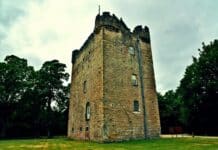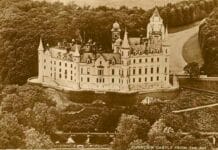More than 4000 people were executed for being a witch in Scotland between the 15th and 17th centuries. GREGOR STEWART tells about some of the witch memorials that have been setup around Scotland to remember to them.
Greg Stewart is a paranormal investigator and historical researcher for Scottish Paranormal, one of the oldest Paranormal research teams in Scotland. He has been interested in the witch trials for over 30 years, and is an active member of the group ‘Remembering the Accused Witches of Scotland’, who are campaigning for a national memorial.
Greg recently completed a book titled ‘Witch Memorials of Scotland’ which covers the stories and trials behind some of the smaller local monuments that exist across the country. Here he gives details of 5 of these witch memorials.
The Witches Well, Edinburgh
In 1590, one of the largest witch trials in Scotland, commonly known as the North Berwick Witch Trials, commenced.
This period of witch hysteria started when the fleet bringing King James VI and I, along with his new bride, back to Edinburgh from Denmark was nearly lost in storms.
King James had studied the Danish methods in dealing with witchcraft during his time there, and it was perhaps this which prompted the Danish authorities to claim dark magic was responsible for the problems that had besieged his journey.
King James followed Denmark’s lead and started looking for culprits in Scotland, with a local housemaid named Geillis Duncan becoming the prime suspect.
Under torture, she confessed and named an estimated 70 additional people as also being in league with the Devil.
She told that they all gathered at the Old St Andrews Kirk in North Berwick, and as the King’s fleet approached, they mustered a great storm to try to sink his ship. The trials that followed lasted for two years and, although records are incomplete, it is thought up to 200 people may have faced accusation.
Those found guilty were burnt at the stake in front of Edinburgh Castle, and today a modest memorial stands there to commemorate not just those who lost their life during the North Berwick Trials, but all who were executed on the charge of Witchcraft in Edinburgh.
Grissel Jaffray, Dundee
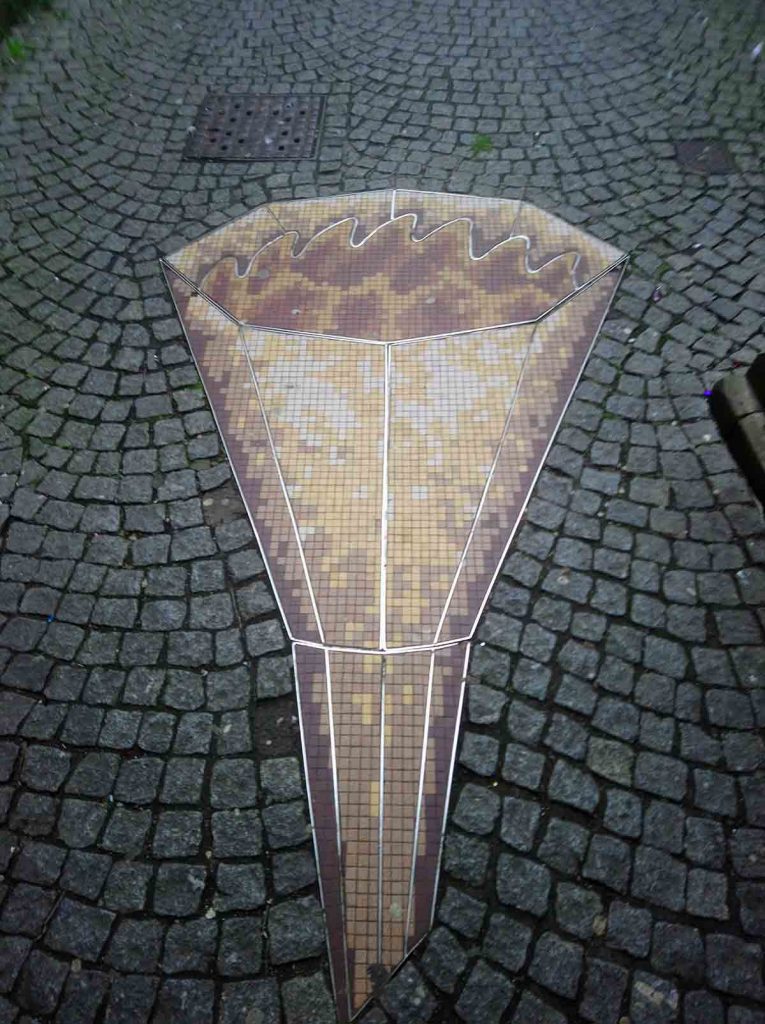
Documentation relating to the witch trials in the city of Dundee are somewhat scant, however, details of the fate of Grissel Jaffray have been pieced together through references from other historical records.
Grissel is known to have come from a family of wealthy merchants in Aberdeen, and married her husband, Robert Butchart, in Dundee where they settled.
Robert was a successful baker and a Burgess of Dundee, yet this did not protect his family from accusations of witchcraft.
It is not clear exactly what Grissel did to find herself in the old tollbooth accused of witchcraft, although it is thought it was simply because she came from a family of Quakers, and was not scared to speak her mind.
She was found guilty on the basis of a mark being found on her body believed to be the ‘Devil’s Mark’, and on 23rd November, 1669, she was strangled to death and burned at the stake in the Seagate area.
Today, a mosaic in the pavement of Peter Street marks the area of her execution, and a plaque on the wall beside it tells of her ordeal.
Lilias Adie, Torryburn
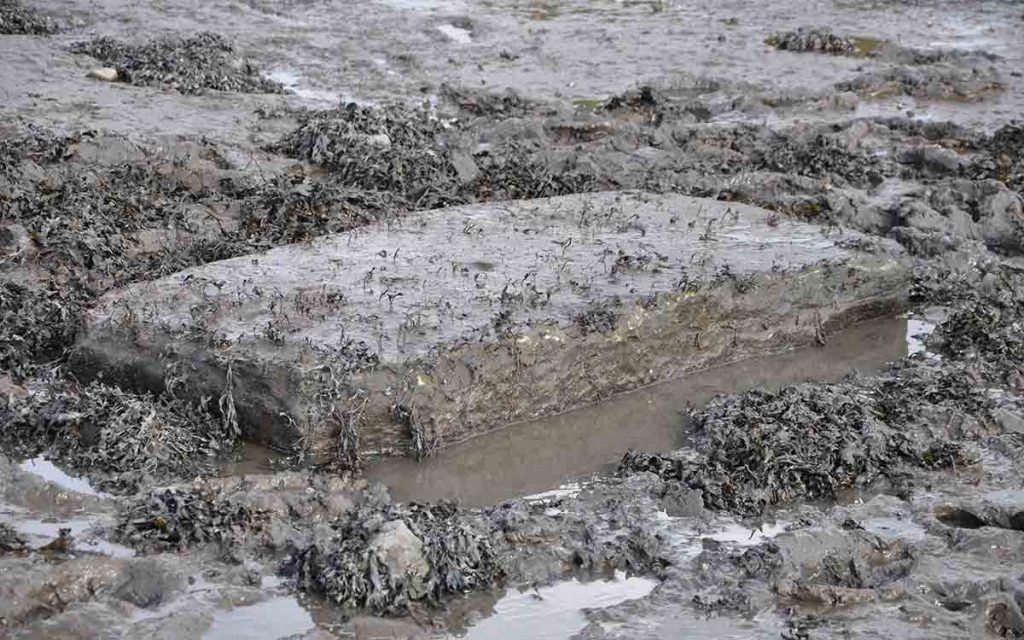
A large stone slab on the beach near Torryburn in Fife was never meant to be a witch memorial, yet it is today one of the most important markers of this era.
Lilias Adie found herself on the wrong side of the authorities in 1704 when she was accused by her neighbour of causing her ill health. Lilias already appeared to be suffering from some type of mental illness and when confronted with fantastical accusations of meetings with the Devil, she went along with them without realising the consequences. Prior to her formal conviction, Lilias however died. Left with a confessed, but not convicted witch, the authorities took the decision to bury Lilias at the beach, with a massive stone slab placed on top to keep the body from rising.
Sadly, during the 19th century parts of her remains including her skull were dug up and sold to antiquarians, and their whereabouts is now unknown. The stone slab marking her grave was however once again located and cleared in 2014, and as the only grave in Scotland to a confessed witch, it now sits as a reminder of these dark times.
The Cluny Hill Witches, Forres
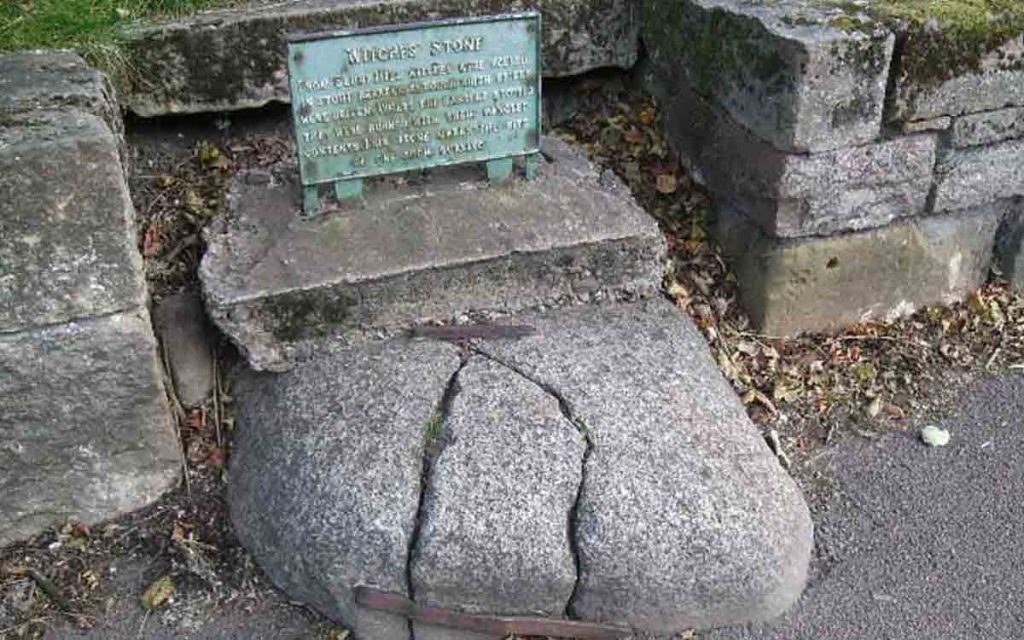
There is much speculation on the identity of the Cluny Witches. Some claim them to be wise women who lived on Cluny Hill during the 11th century.
It is said they foresaw the defeat of King Duncan 1st to the local ruler, Mac Bethad mac Findláich, better known as Macbeth. After the prophecy became true, King Duncan’s son, Malcolm, took revenge first on Macbeth and then on the wise women, a story immortalised in Shakespeare’s play ‘MacBeth’. Others argue they were from a later period in time, and perished during the witch trials of 1536 to 1735.
The fate of these women is however recalled on a memorial plaque beside a large stone, split into 3 and held together with steel staples. It tells that the women were put inside barrels with iron spikes driven into the sides, before the barrels were rolled down Cluny Hill.
When the barrels stopped at the bottom of the hill, they, along with the mangled remains of the women, were set alight, and the stones were placed to mark the spots. Only two of the three stones remain, and only one is marked.
Janet Horne, The Last Witch to Burn
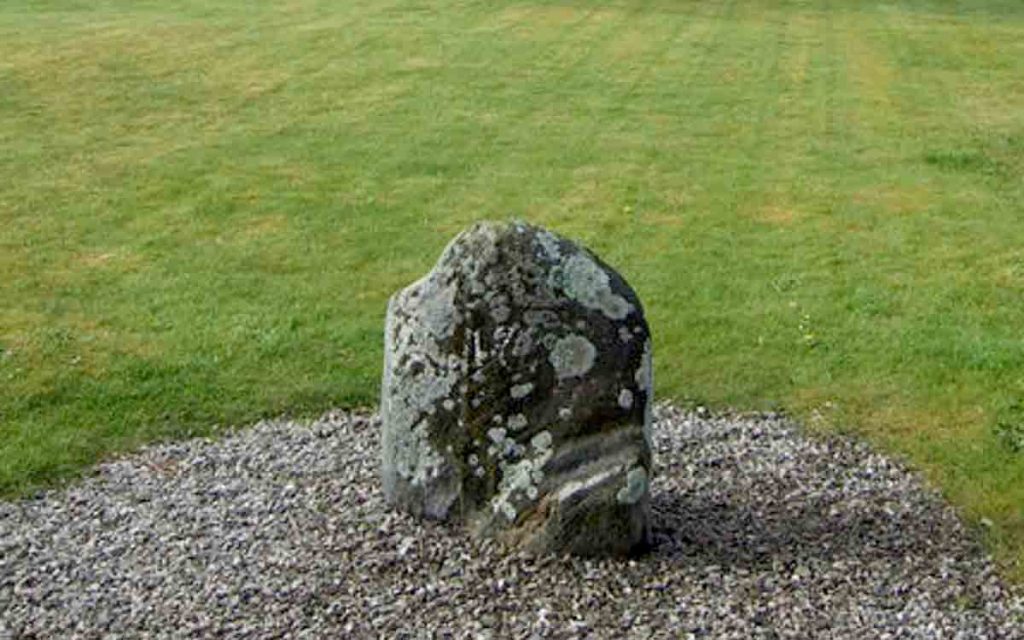
While belief in witchcraft through much of the country had declined by the start of the 18th century, it remained strong in the Highlands.
In 1722, the actions of an elderly lady named Janet Horne were brought to the attention of the authorities. Today we would recognise Janet as suffering from an illness such as dementia, yet in these suspicious times, her stories were concerning.
Janet was taken in for questioning, along with her daughter who had birth defects to her hands and feet. The accusation was made that these were in fact deformities caused by Janet turning her daughter into a horse and riding her to her meetings with the Devil.
To prove her innocence, Janet was asked to recite the Lords Prayer, yet in her confused state she made a mistake, which was considered to be proof of her guilt.
While her daughter managed to escape, Janet was sentenced to death, with it being said that despite her being stripped, tarred and feathered, before being dragged through the street, she was so confused that when she arrived at the waiting fire at the point of execution, she stopped to warm her hands at it.
A simple stone in a private garden marks the spot of her execution, although it unfortunately has the date 1727 on it, rather than 1722.
You can buy Gregor Stewart’s Witch Memorials of Scotland from Amazon.



